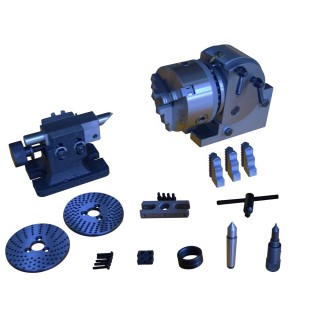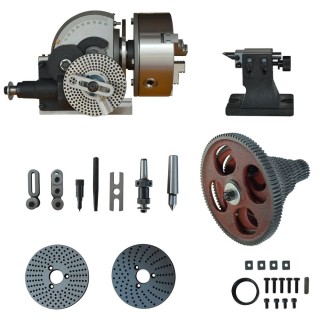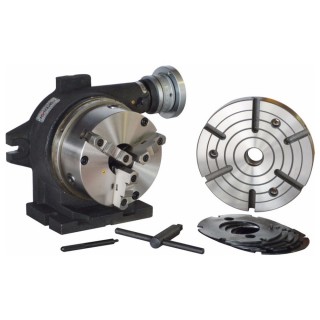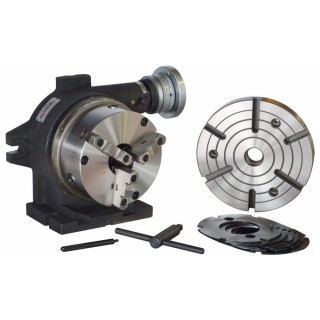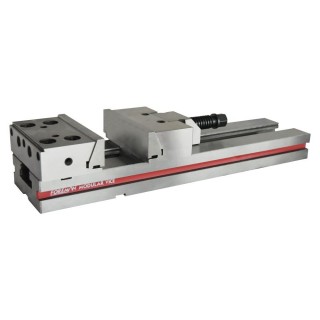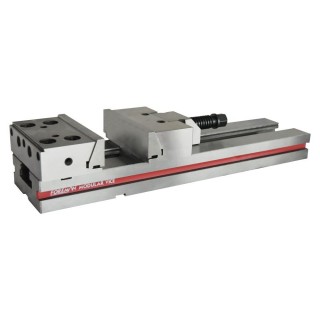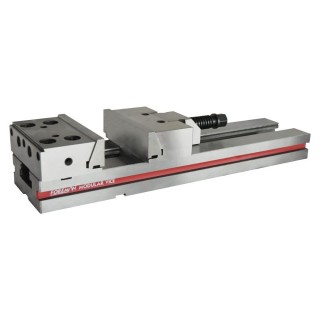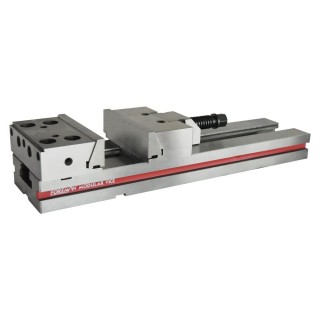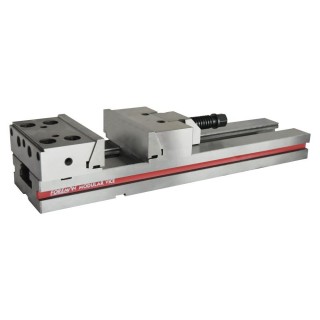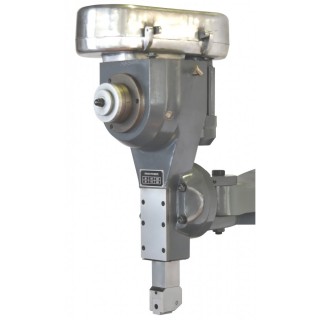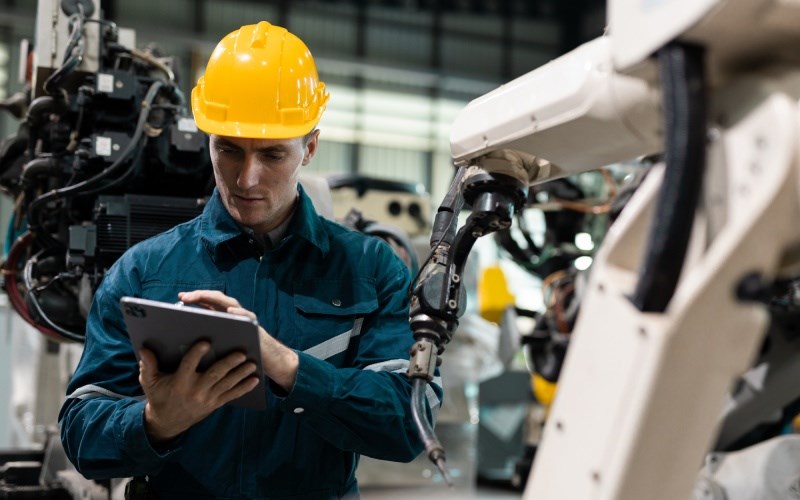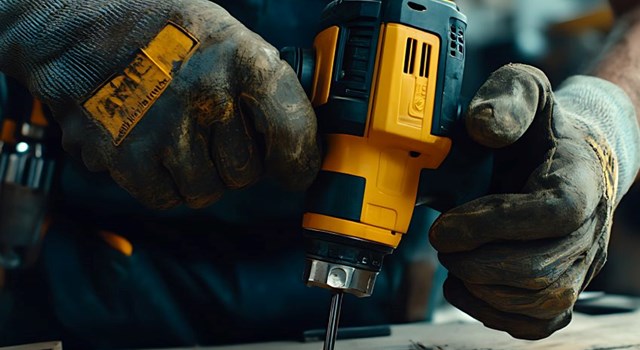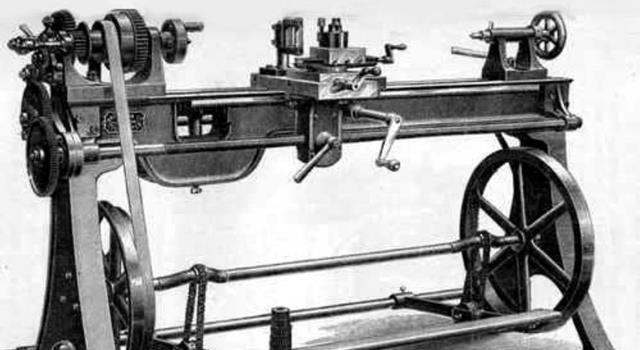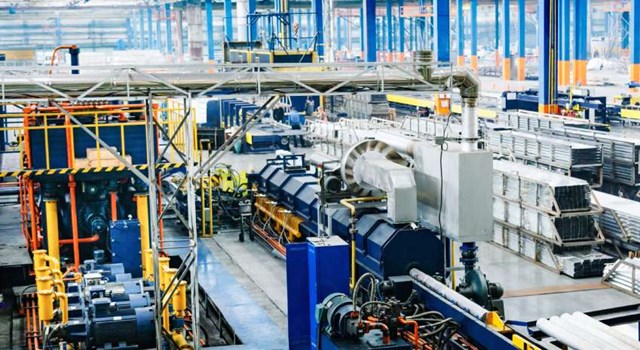In manufacturing facilities, machines are the cornerstone of uninterrupted operation. However, every machine has a lifespan and operational limits. Unscheduled breakdowns can lead to production losses, high repair costs, and occupational safety risks. The most effective way to prevent these issues is to establish a regular and systematic maintenance schedule.
This article details why you need to create a machine maintenance schedule and outlines the essential steps of an effective maintenance plan.
1. Why Should You Create a Maintenance Schedule?
Extends Equipment Lifespan
Timely maintenance reduces part wear and ensures the machine operates efficiently for many years.
Reduces Breakdown Risks
Potential problems are identified before they escalate, preventing sudden stoppages and production interruptions.
Increases Efficiency
Well-maintained machines consume less energy, generate fewer errors, and operate faster.
Ensures Workplace Safety
Machines that are not regularly inspected can lead to accidents. Periodic maintenance helps maintain a safe working environment.
Lowers Costs
Preventive maintenance is significantly cheaper than emergency repairs. It enables budget control through planned maintenance expenses instead of unexpected repair costs.
2. How to Create an Effective Maintenance Schedule
Conduct a Needs Analysis
Determine the specific maintenance requirements of each machine based on its type, usage frequency, and manufacturer recommendations.
Set Clear Intervals
Daily, weekly, monthly, and annual maintenance tasks differ. Define the appropriate frequency for each machine and add them to the schedule.
Plan the Steps
- Inspection and Monitoring: General condition assessment
- Cleaning and Lubrication: Enhances performance
- Parts Replacement: Timely replacement of worn components
- Performance Testing: Ensures operational functionality
- Reporting: Documentation of all maintenance activities
Assign a Competent Technical Team
Maintenance must be performed by technically skilled personnel. If outsourcing, ensure the service provider has a well-documented history.
Use Record-Keeping and Monitoring Systems
All maintenance activities should be recorded with their dates in digital or physical formats. These records help determine the timing and scope of future maintenance.
3. Long-Term Benefits
Cost Savings:
Early intervention eliminates high repair expenses.
Increased Productivity:
Machine performance improves, stabilizing production capacity.
Workplace Safety:
Employees work in a safer environment with well-maintained equipment.
Improved Product Quality:
Stable and well-functioning machines enhance consistency and quality in production.
Purchasing a machine is just as important as ensuring it operates smoothly for many years. This is only possible through a systematic machine maintenance schedule. Planned progress instead of unexpected downtime is a strategic necessity for every business aiming for sustainability.
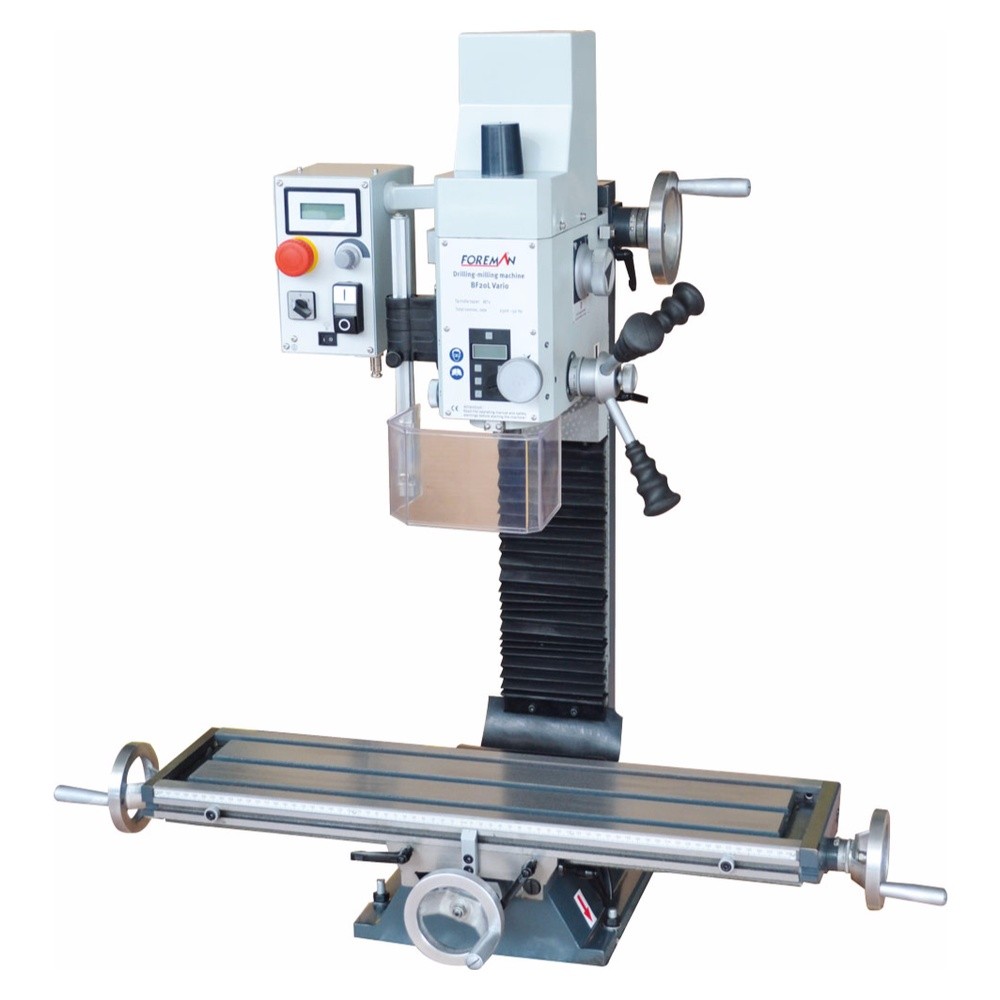

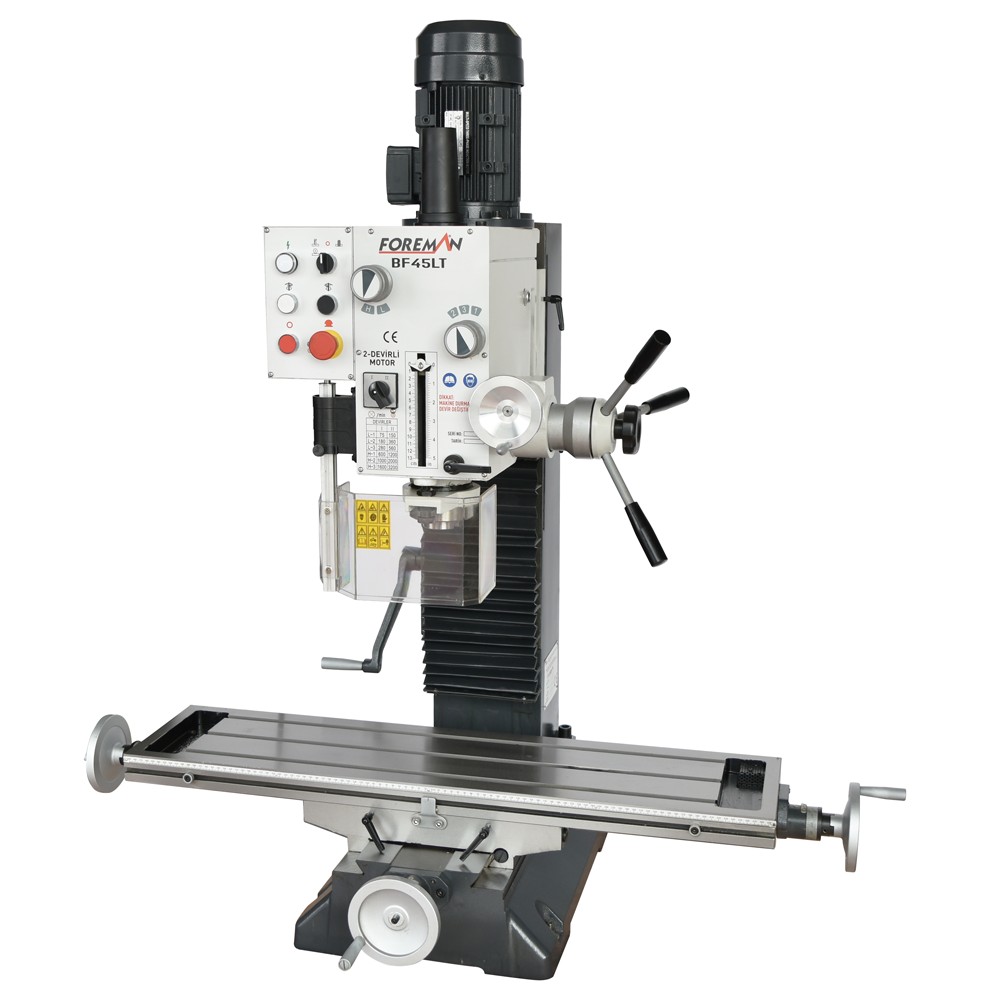

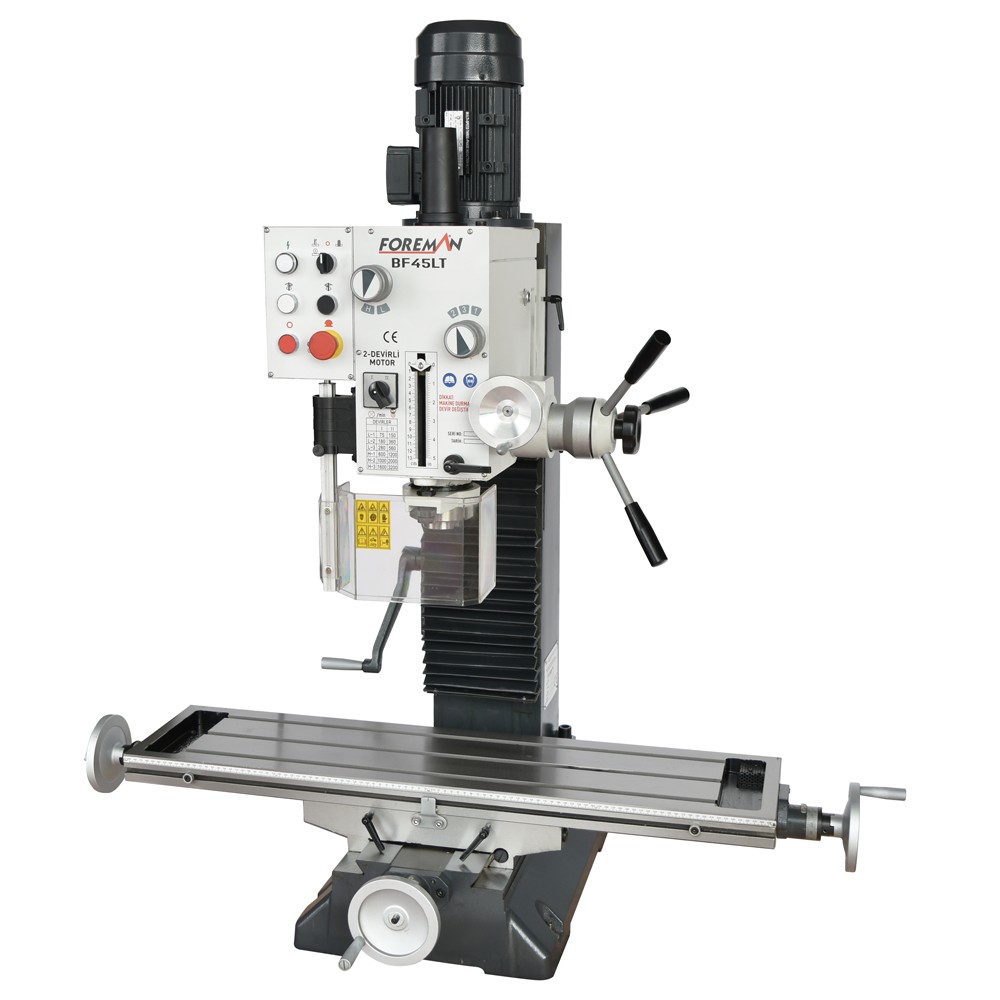
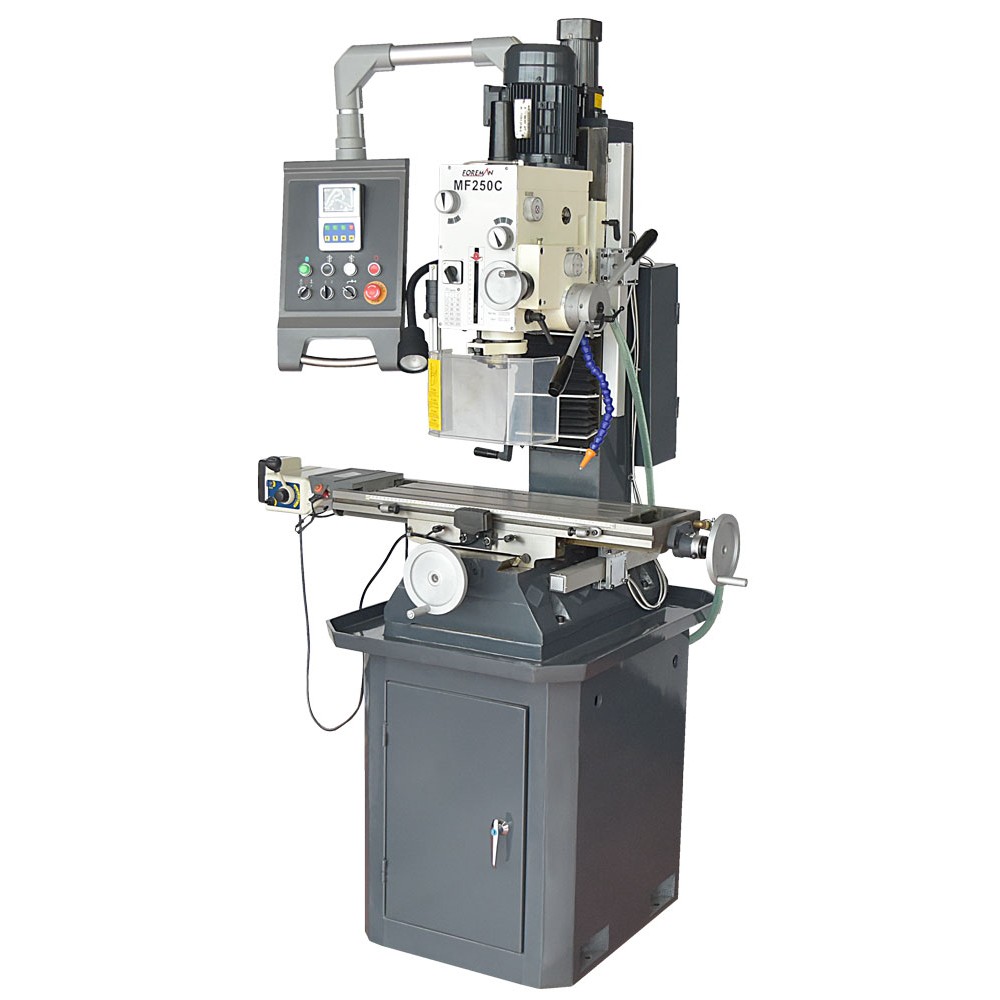


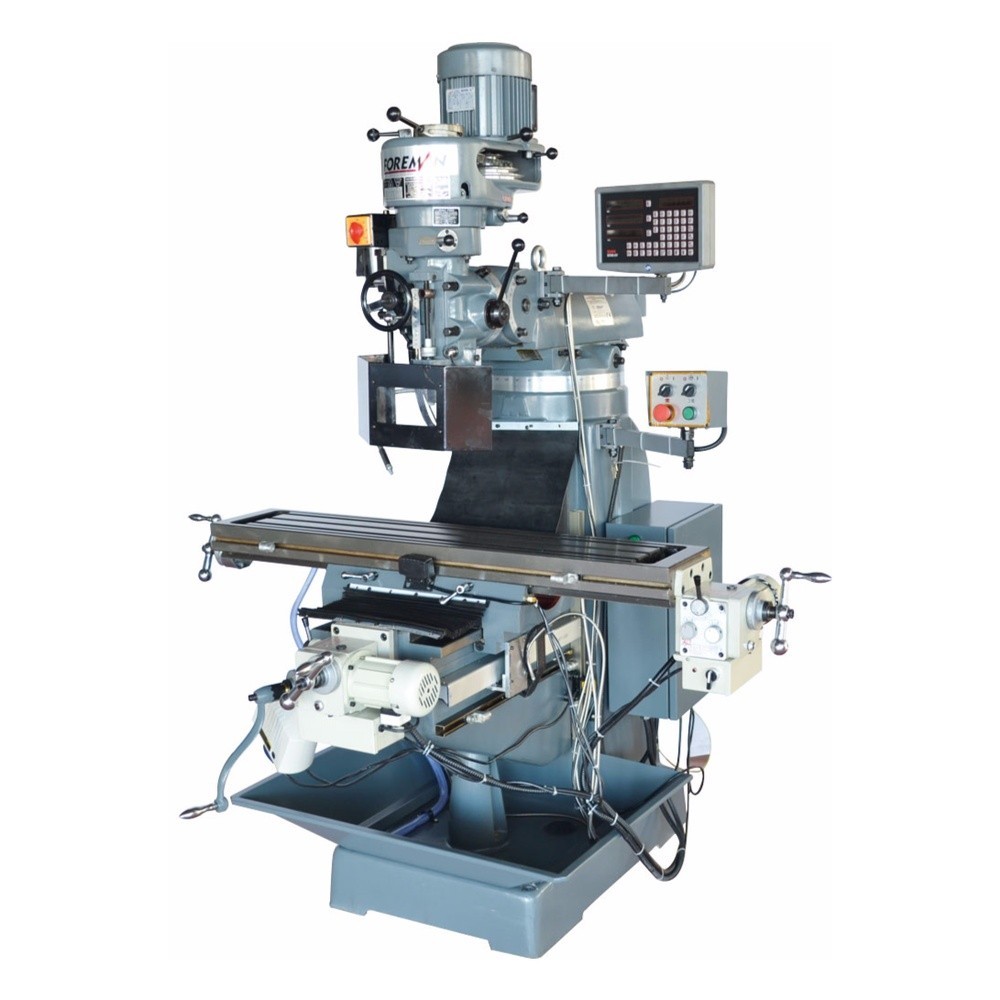
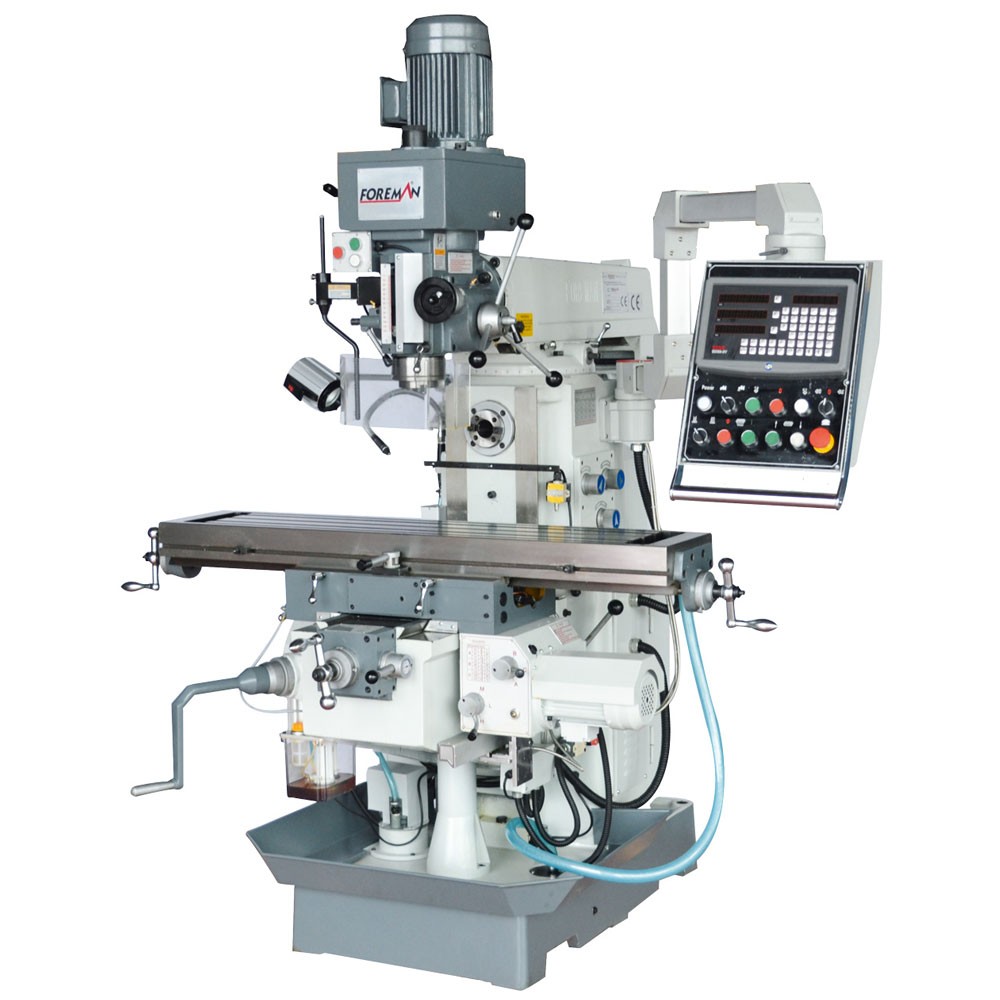



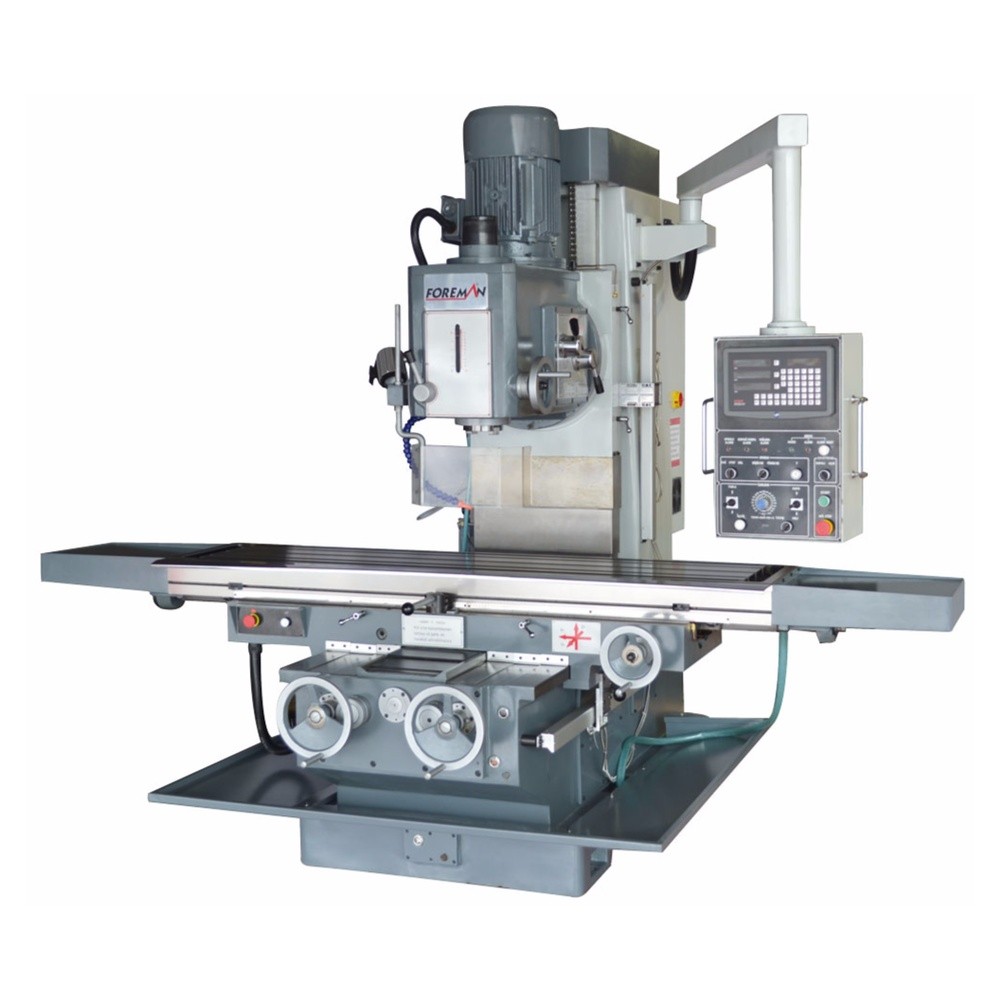
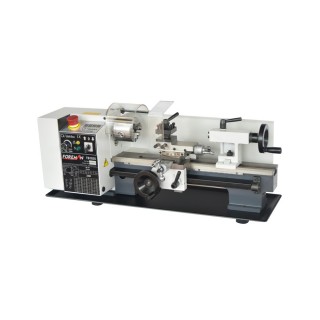
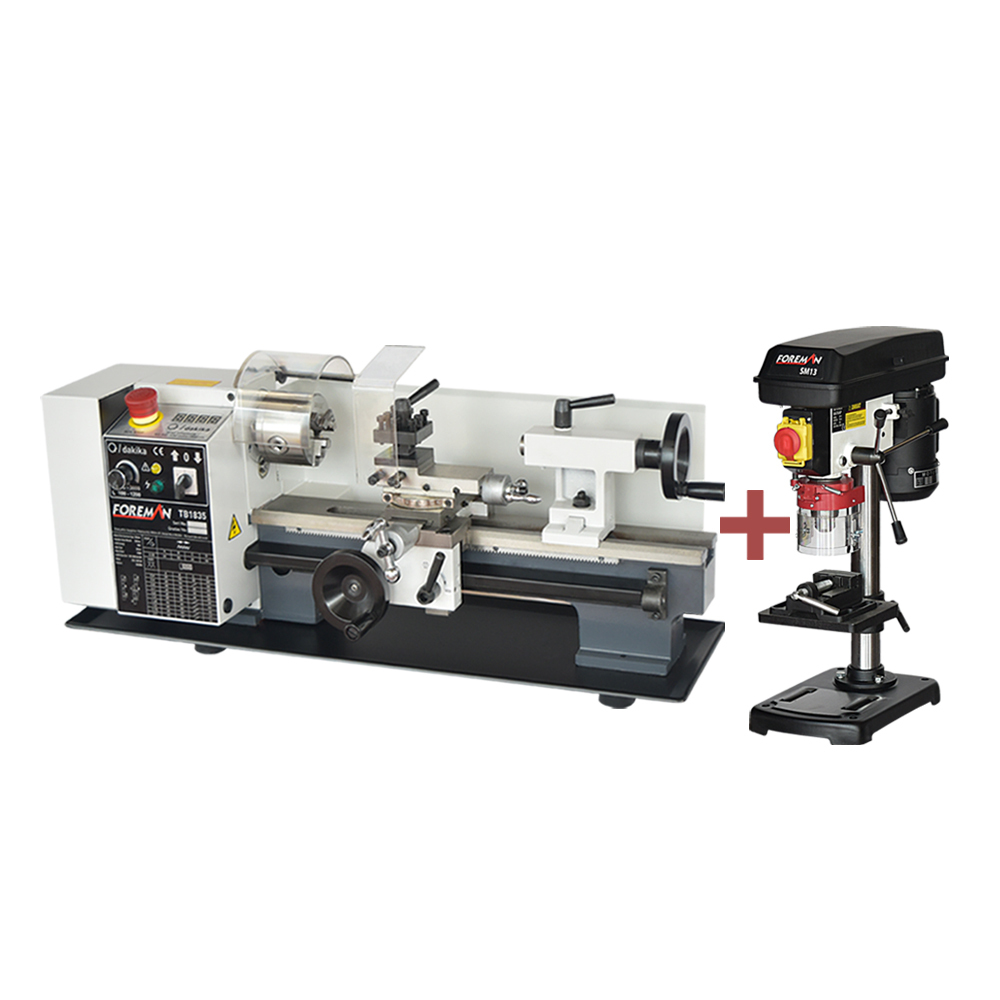
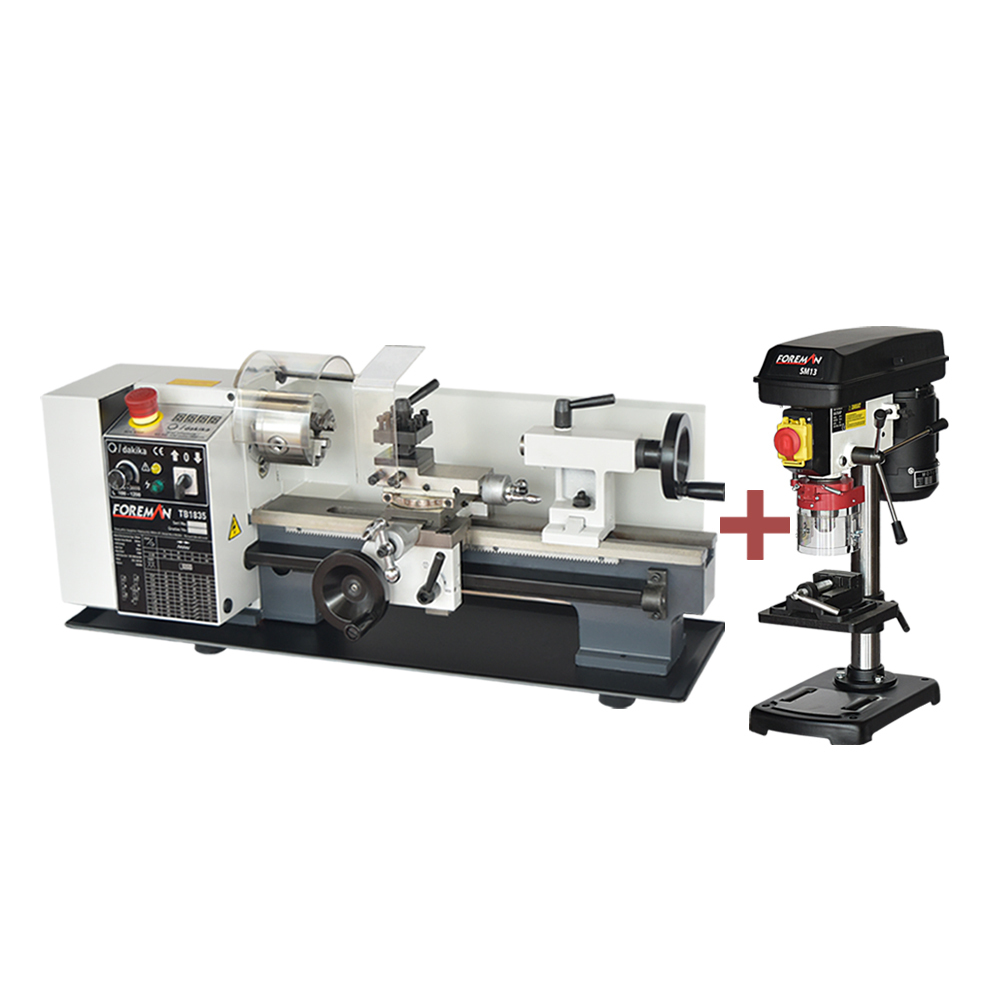
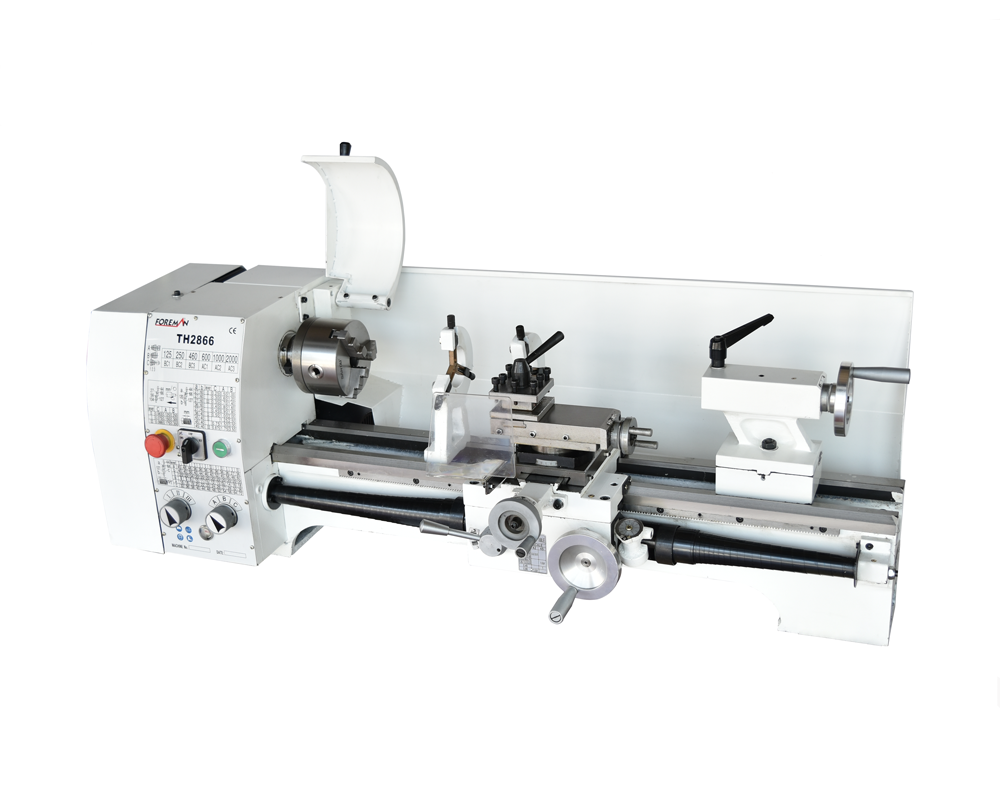


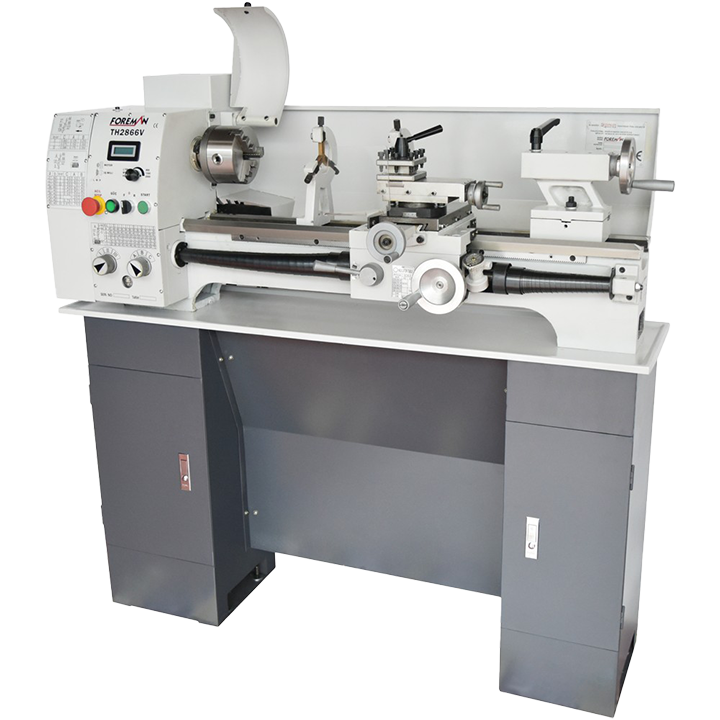
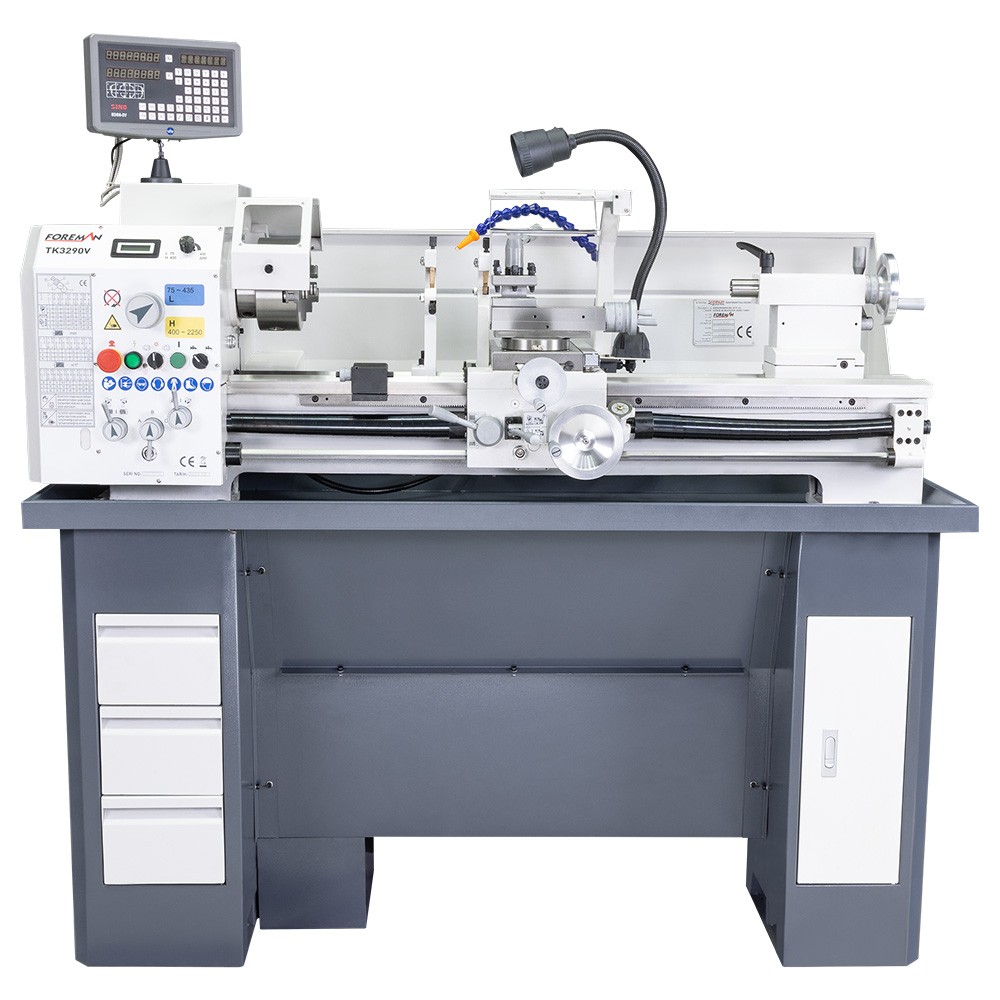
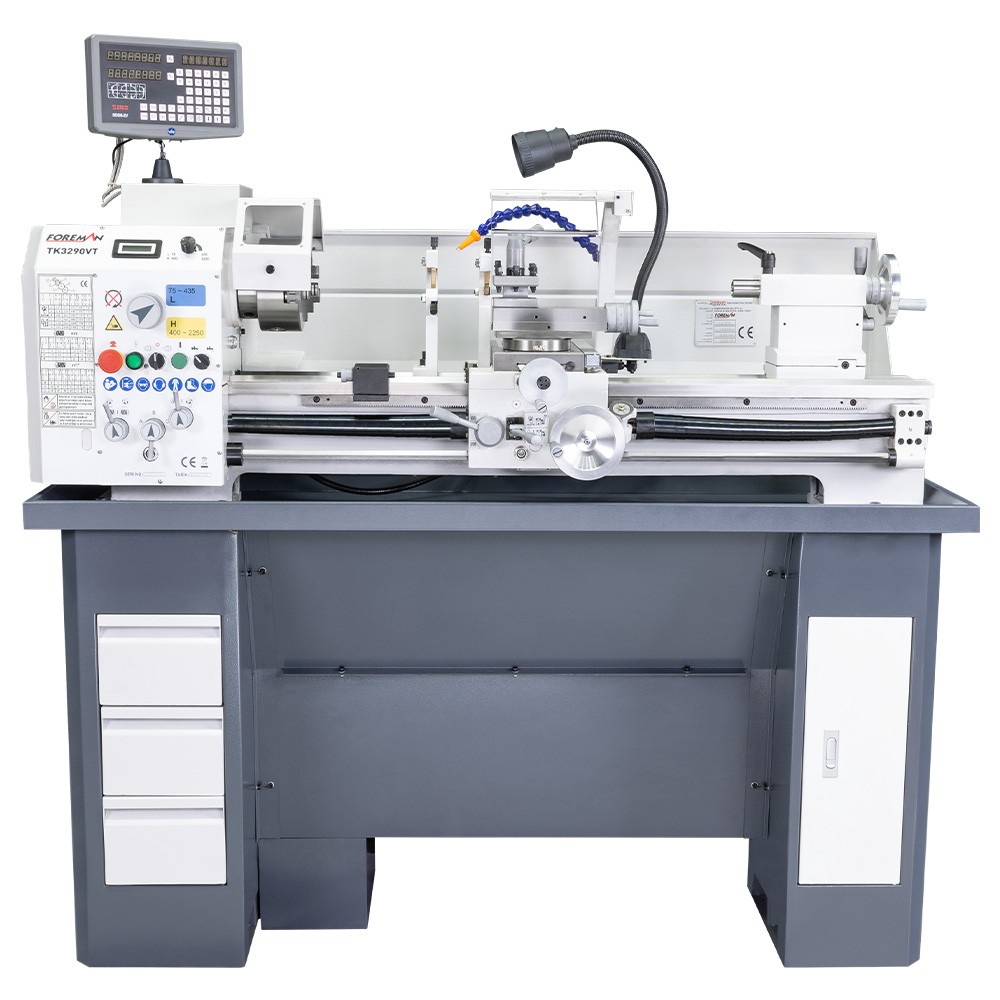
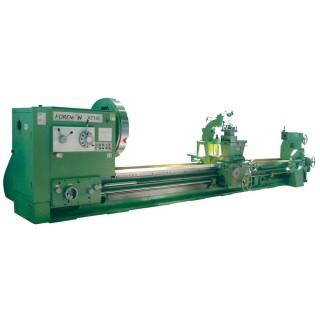

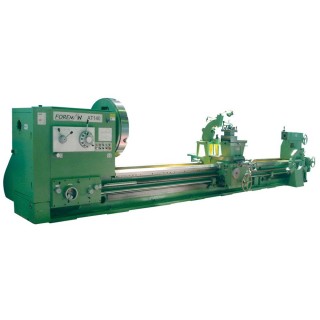
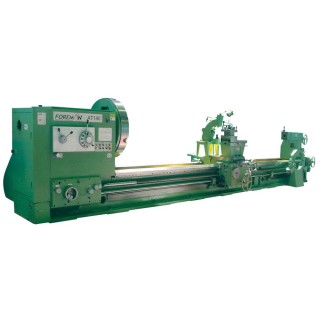
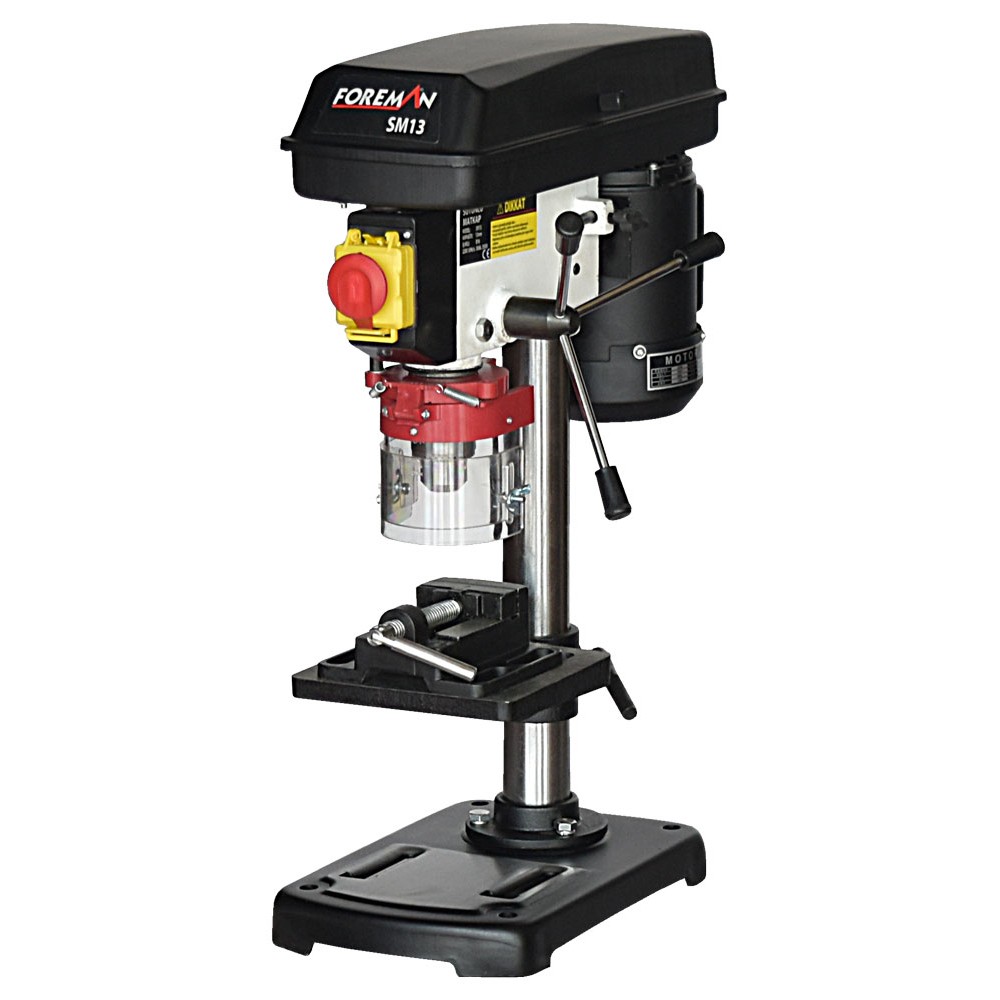


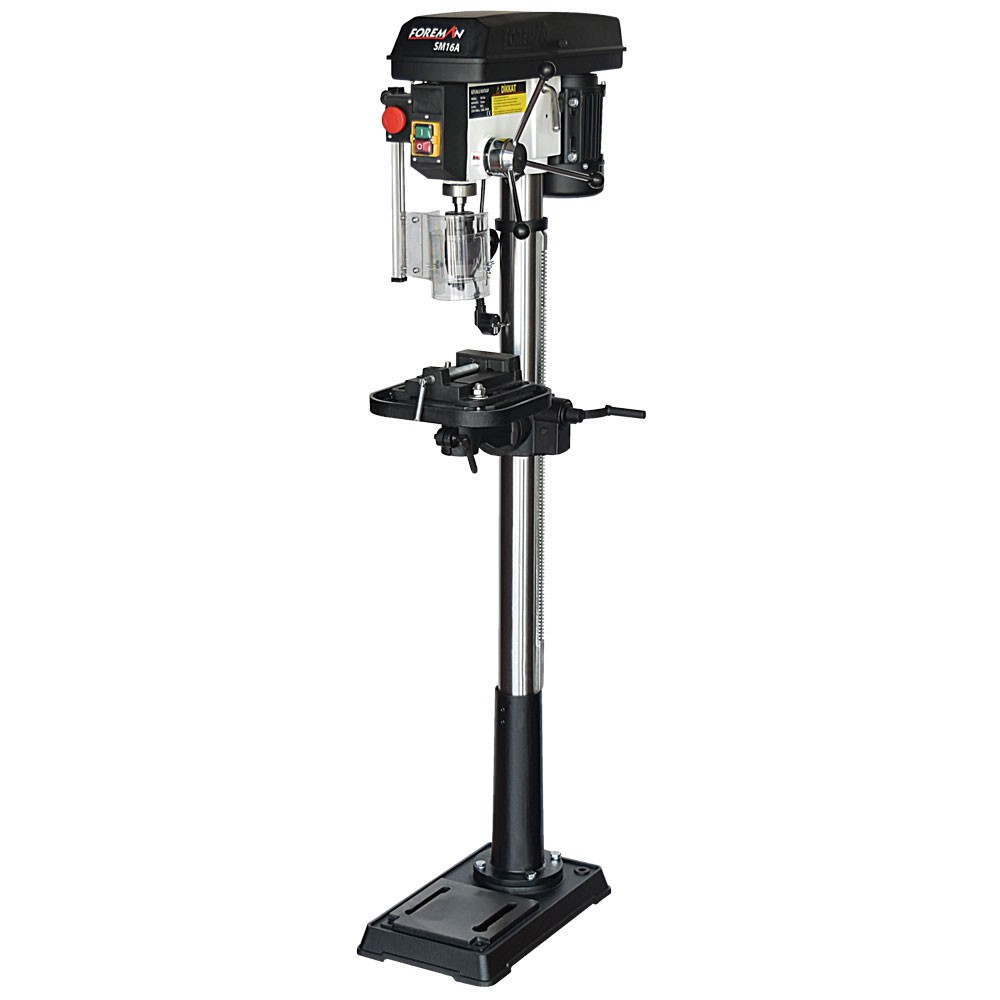


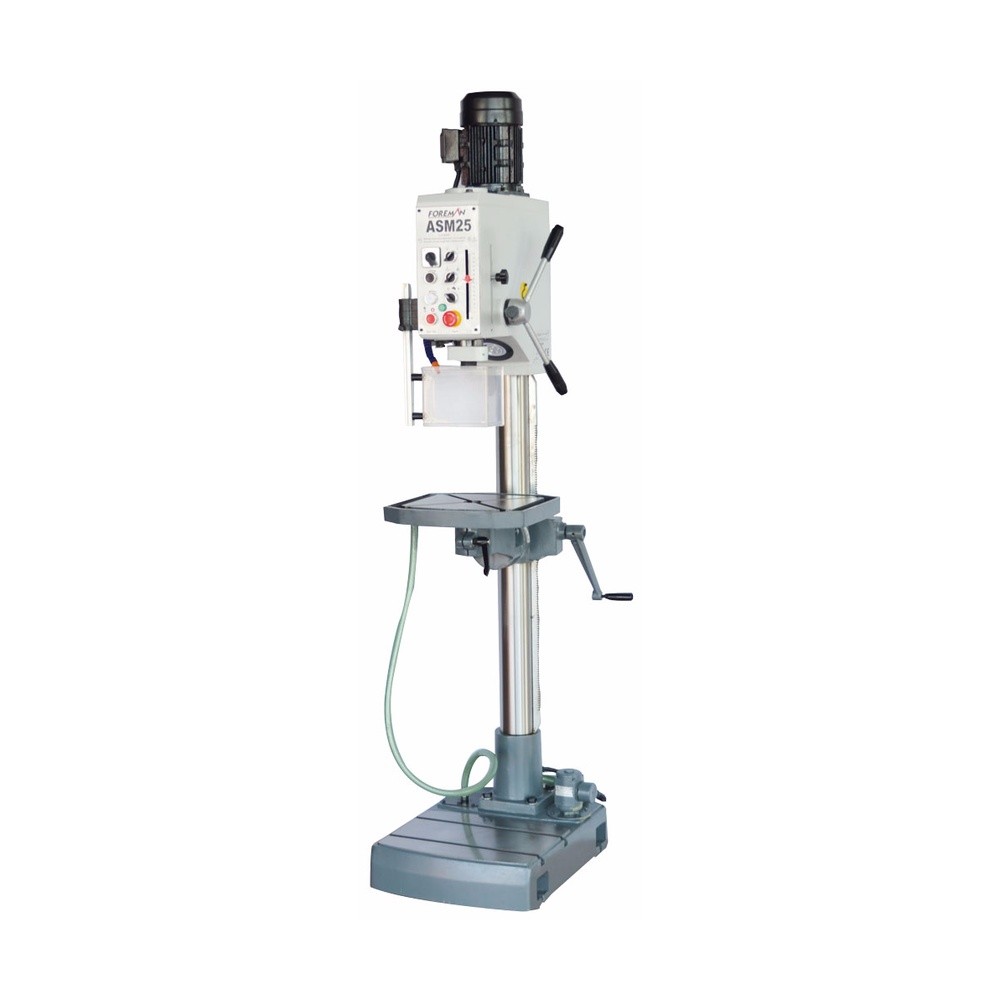
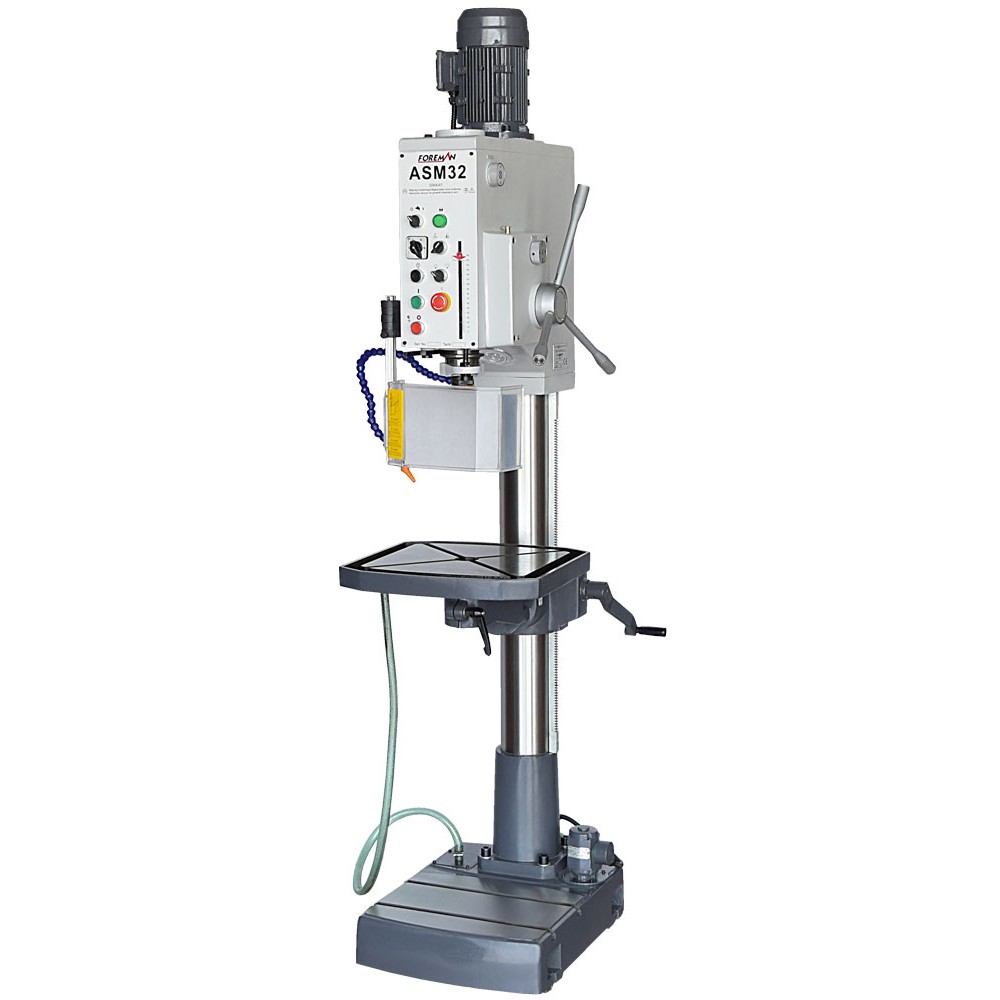
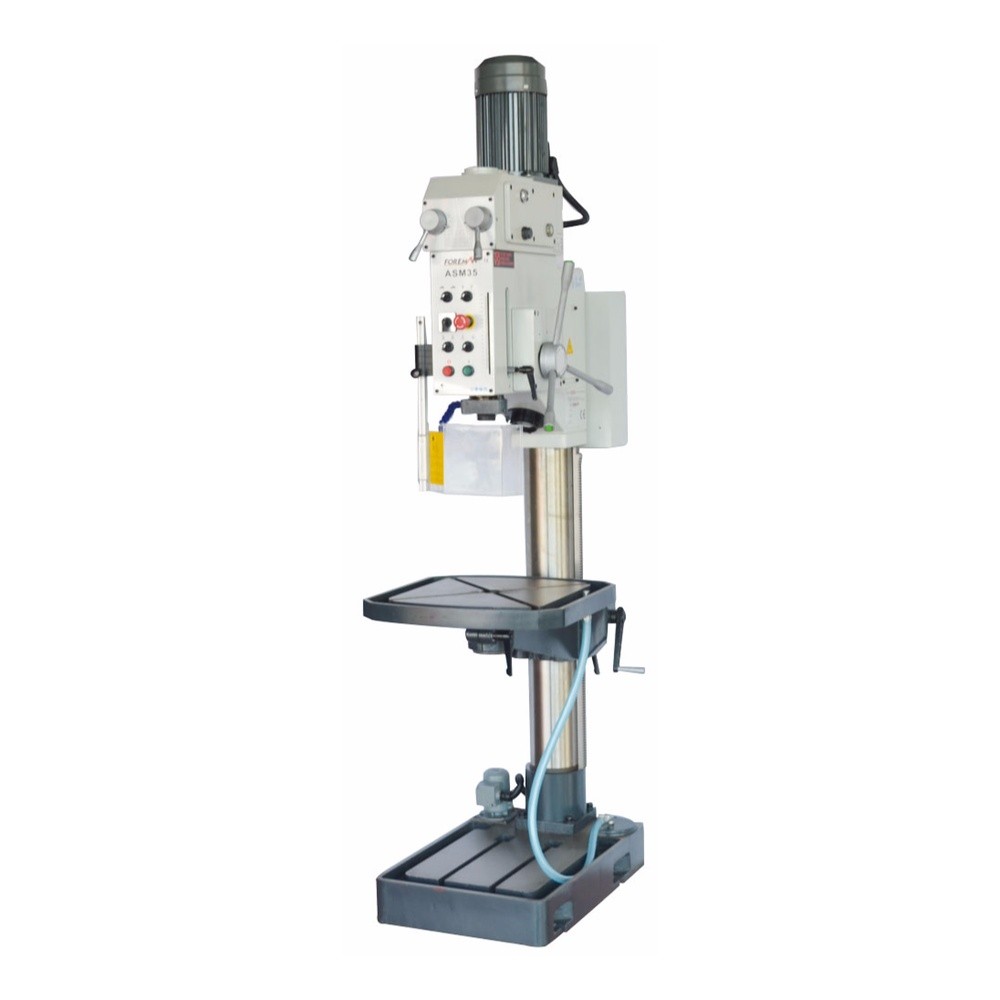
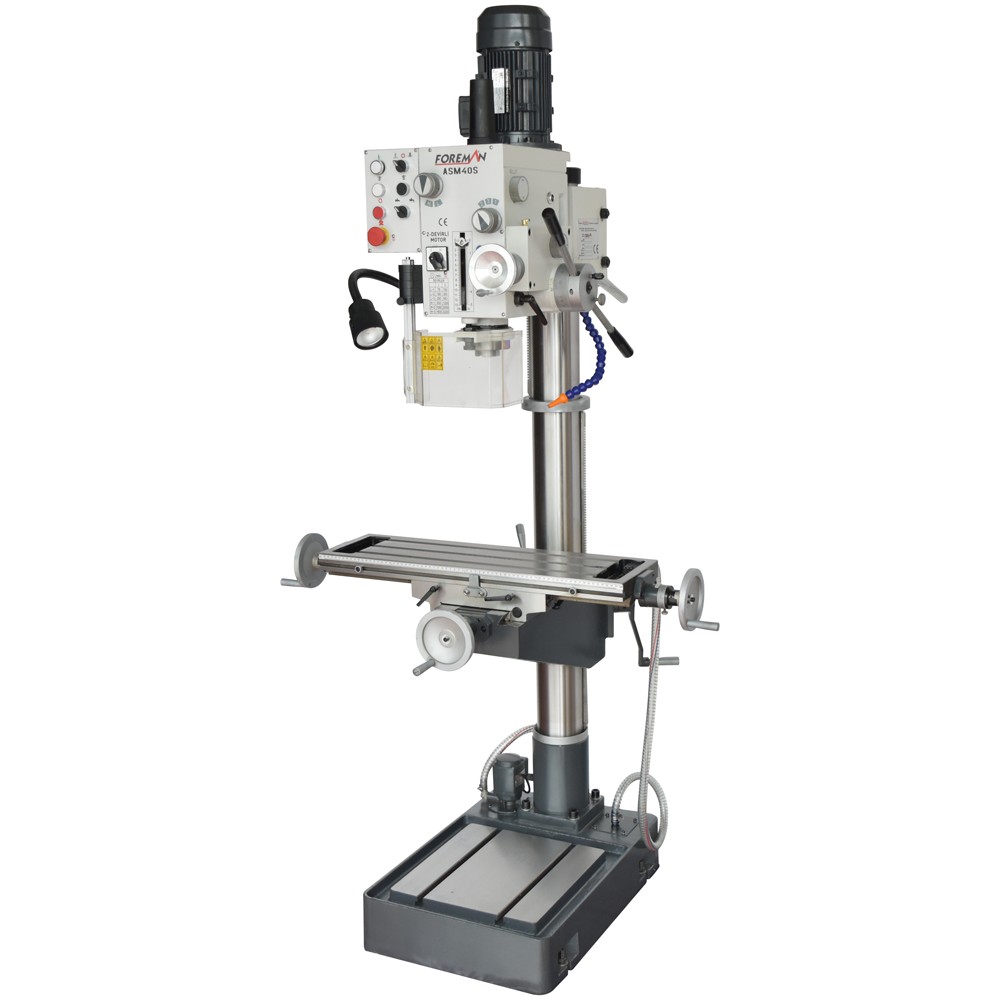
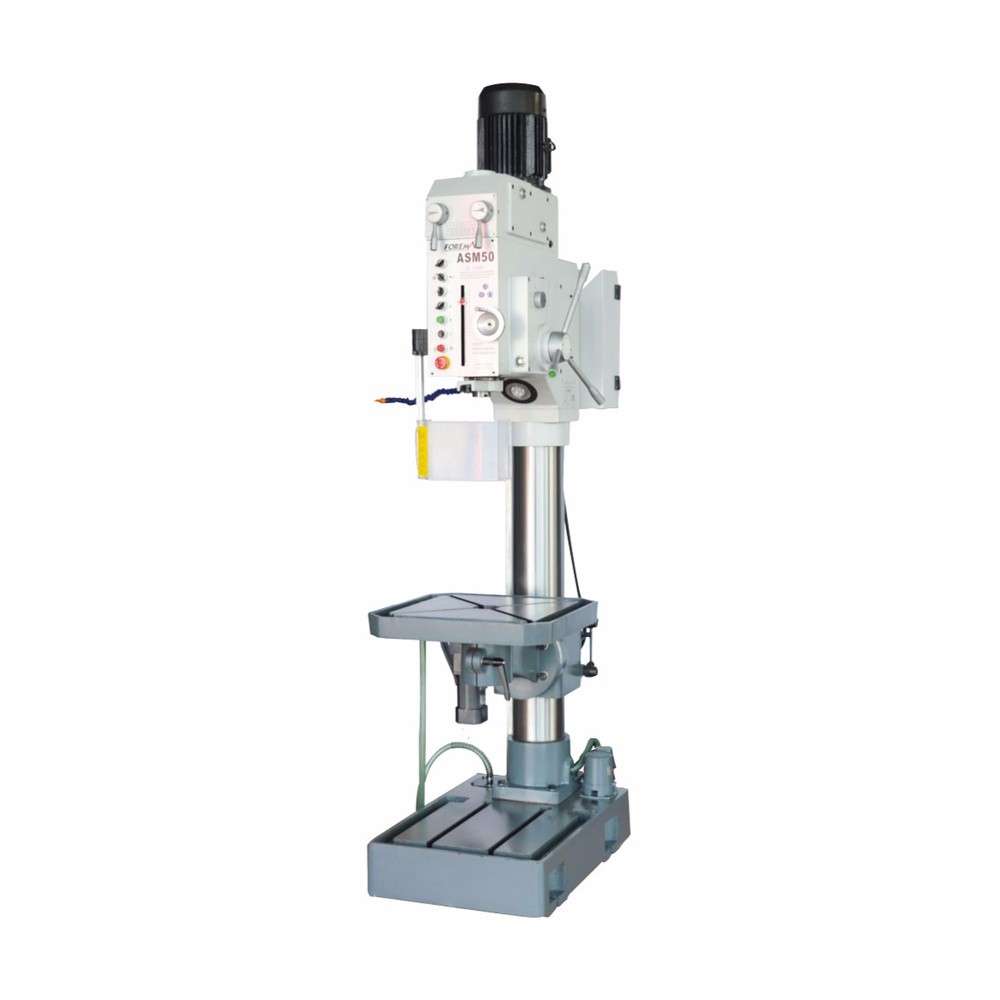
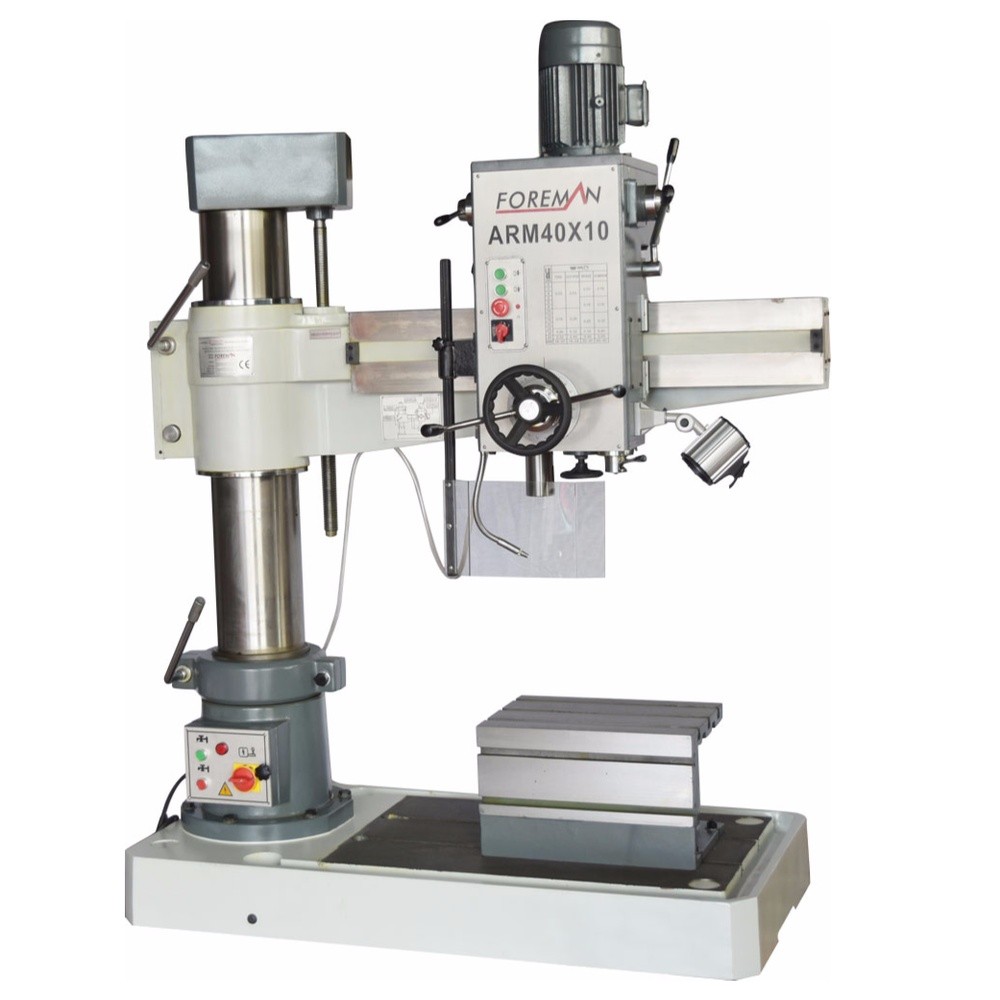
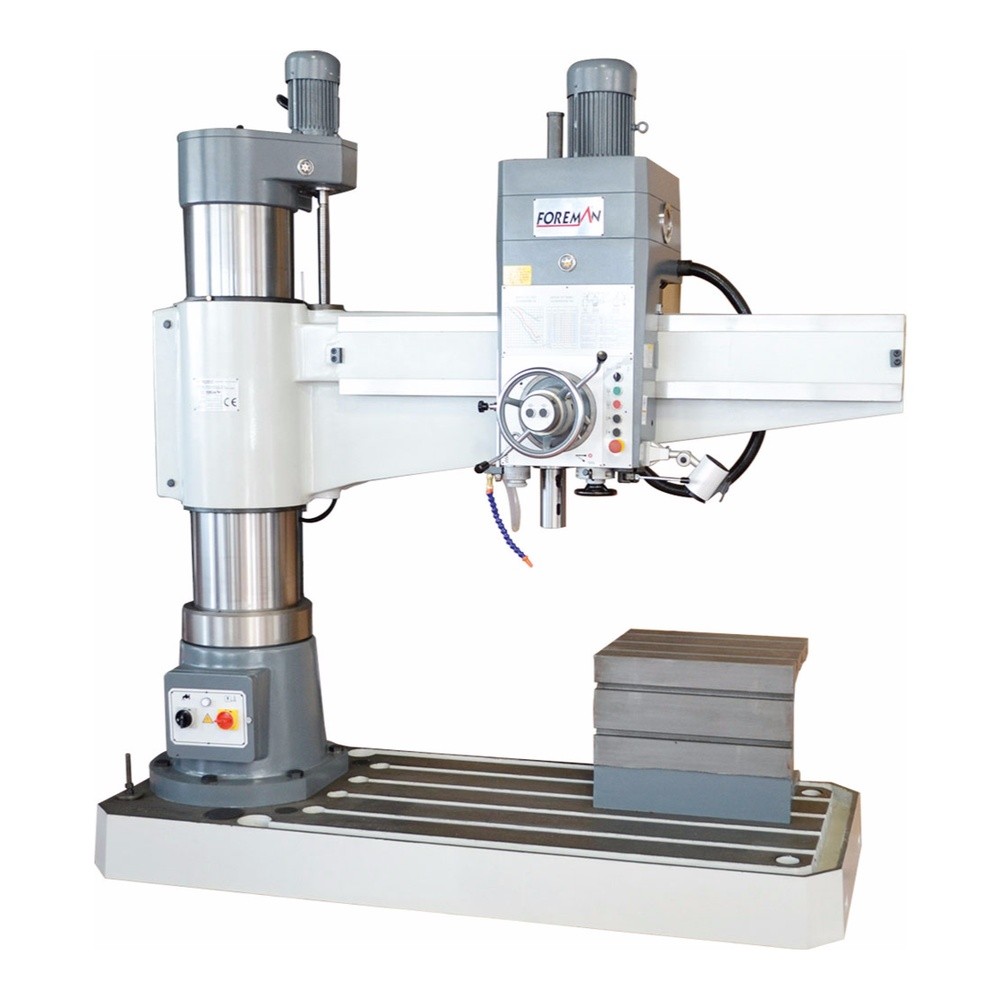
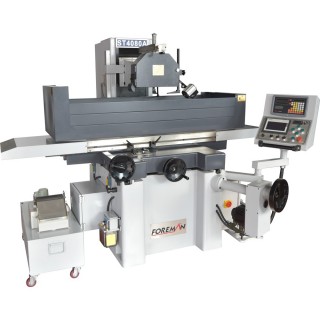

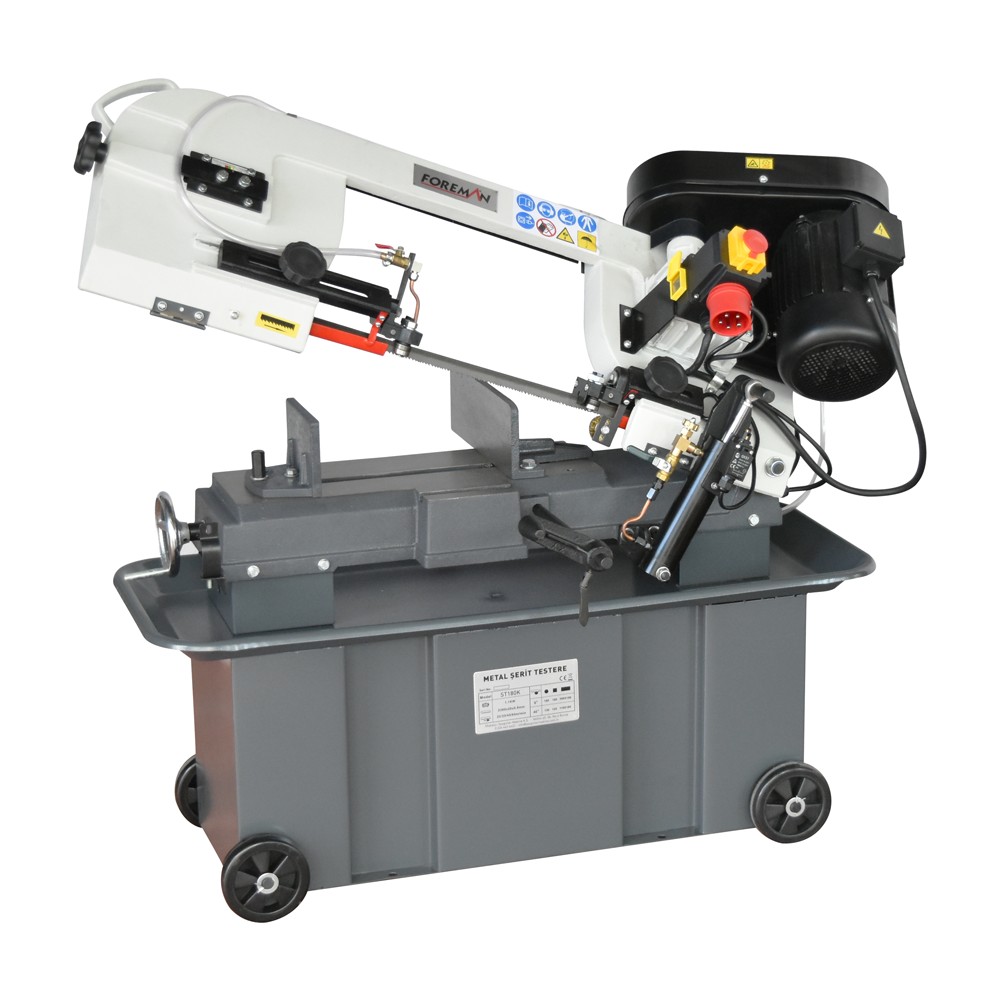
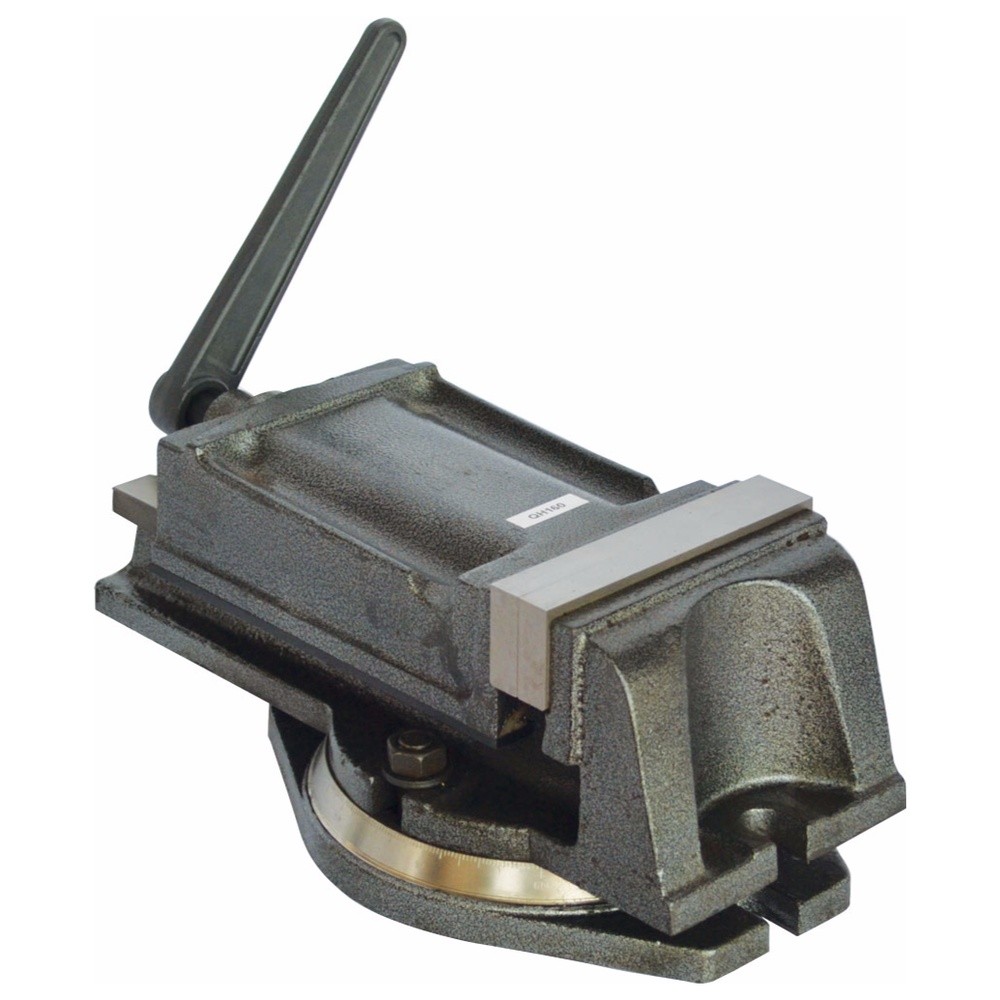
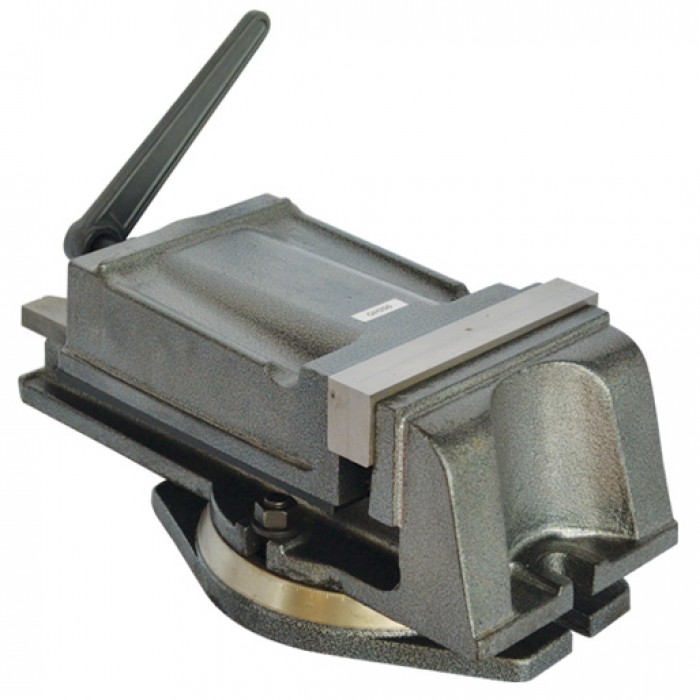
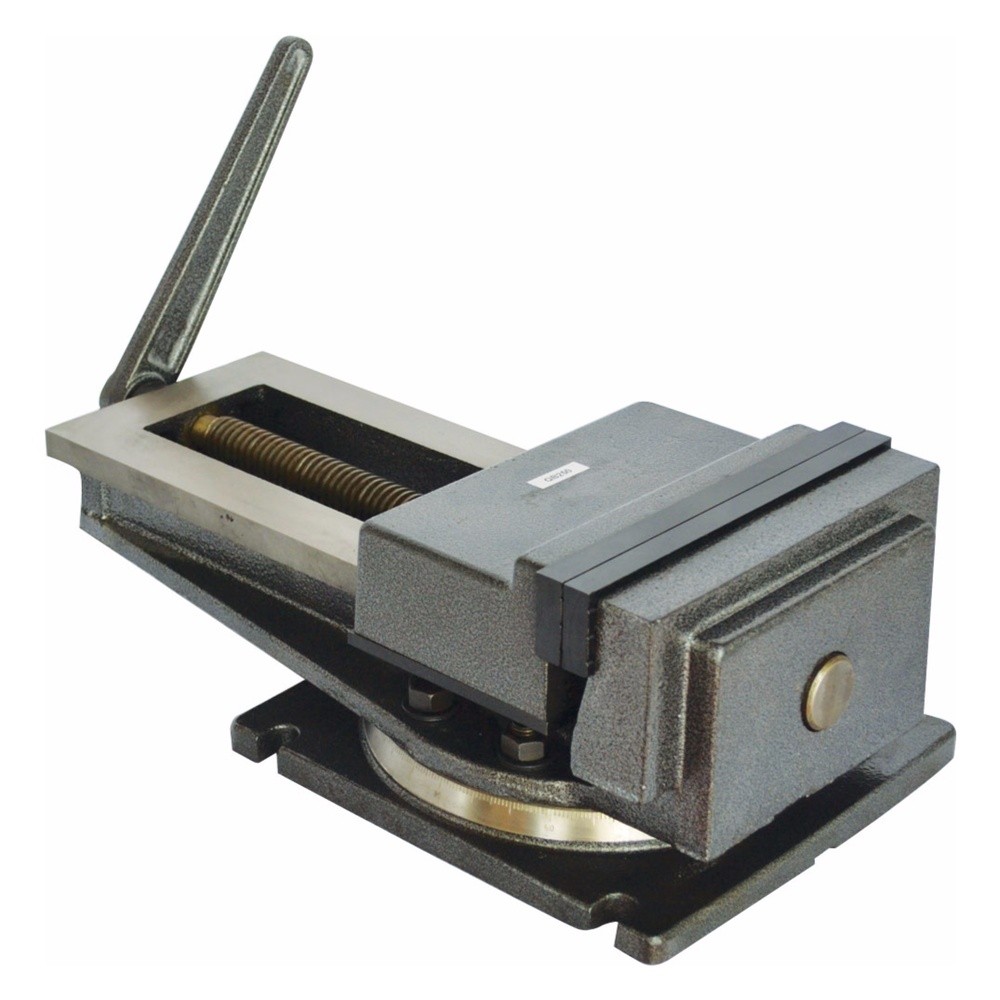

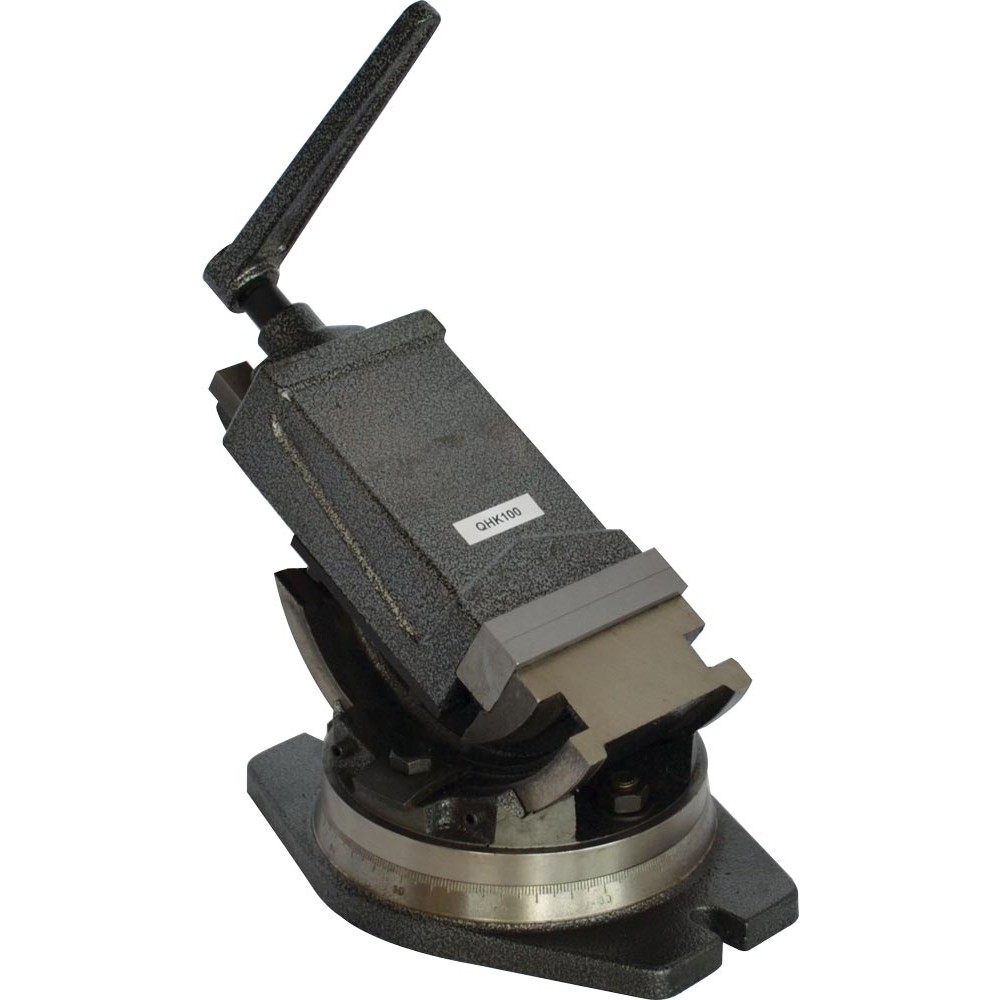

_zkmmzopp1k.jpg)
